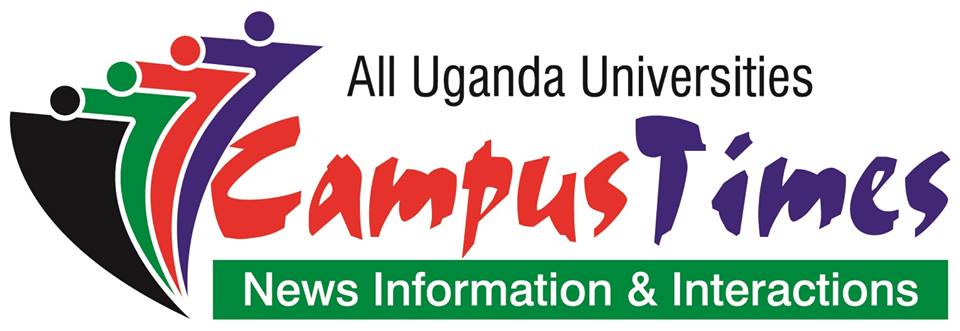
In this tech-savvy world, today’s students are practically born with smart devices in their hands. While parents struggle with screen-time balance and determining when the appropriate age for cellphone use is, teachers should be embracing technology in the classroom. What was once seen as a distraction has the potential to modernize the classroom setting and help students and teachers engage in different ways.
Technology has increased the exposure to the world and how students learn about other cultures, Earth’s climate, math and other topics. How technology can help in the classroom and how it should have already changed your teaching is up to you, but we’ve laid out a list of technology suggestions that could help your pedagogy.
Virtual Field Trips
Field trips are expensive and time-consuming. As an educator, you’re responsible for rounding up your students, getting them to the destination, accounting for heads both before and after activities and returning them safely to their parents or guardians at the end of the day. What if you could skip all of this? Virtual field trips allow you to do that. With so many apps available, you can download tours of national monuments, national state parks or places on a map like the Great Barrier Reef. You also don’t have to worry about spending a fortune on virtual reality goggles, either. With Google Cardboard, you can order these for just about $15 each and let your students go wild with apps and new learning experiences they might not otherwise be exposed to.
Use Twitter Hashtags for Questions
The use of Twitter might not be suitable for all ages, but it should hit home with high school and college-aged students. Using a Twitter hashtag to communicate changes the way you teach, by allowing students to ask a question relevant to the class or topic you’re teaching. This is usually used as an exercise about 10 minutes before the end of class so that other students can see questions their classmates have and engage with one another. Implementing this use of technology in your class makes sure students feel engaged with you and with their peers. This practice also forces students to be clear and concise with their words since Twitter only gives you 140 characters per tweet. Asking students to use a hashtag at the end of each tweet they send out during class, at the end or after gives you as the teacher the opportunity to answer questions quickly and address other ideas or concepts related to the topic.
Blogs
Blogging is one of the best ways to gauge your student’s strengths and weaknesses. Like the old-school ways of keeping a journal as graded writing assignments, you can require your class to keep a blog. Wix or WordPress both offer free subscriptions and comprehensive privacy settings. Blogging assignments can come in many forms, such as:
- Poems
- Essays
- Short stories
While the initial start-up can be a challenge, if implemented correctly, blogging is one of the best ways to change your teaching while introducing technology into the classroom.
Technology-based Assignments
If you’re struggling with how to implement technology into your classroom and are afraid that some concepts might be too difficult for your students, consider assigning them a project to write a guide on how to use their favorite apps or computer program. This gives them an opportunity to critically think through some of the processes that they’ve been using for years. For a more challenging assignment, you might consider making your students research a certain type of technology and how it’s affected historic events or influenced society. As the educator, you’re then exposed to what programs or technology your students use the most and can creatively think about how you should implement that into your teaching.
Why Does Technology Matter?
With today’s students, technology is part of their everyday lives from the time they can hold a bottle. There’s television, gaming, Little Einstein videos and so many other learning tools that parents are now using at home. If you haven’t introduced technology into classroom in some form, then you’ve already fallen behind, which means your students will also fall behind. While there is much debate over the benefits of using technology in the classroom, one thing is: it increases the engagement between the student and the teacher. Moreover, modern technologies and software help students to overcome problems in the different areas of education. For example, a lot of writing tools help learners to prepare more interesting and relevant Pro-Papers, which are inevitable part of students’ learning. Technology helps a lot in this aspect.
In other words, technology should have already changed the way you teach, or you should be moving in that direction. At this point, technology should be rather difficult to avoid in the classroom and should be available to you in some form. Furthermore, technology should not be a burden if implemented correctly and if you use the right applications for your subject or teaching style. Technology can be extremely effective in increasing engagement and gives your students the opportunity to see how to use it responsibly and how it can have a positive impact on the world around them.
Another reason technology should have already changed your teaching is the endless amount of resources it provides. With the Internet and search engines like Google and Bing, your students have unlimited options for research and studying material, as do you. Schools and classrooms are no longer limited to a single book for each subject since students can find information from all over the world right at their fingertips.
Embracing technology in the classroom should not intimidating, but rather an exciting thing for you and your students. Knowing how and why you should use technology in the classroom is very important, and once you start allowing it to shape or change your pedagogy, the sooner you’ll see all the benefits and how it positively impacts your relationships with your students.
